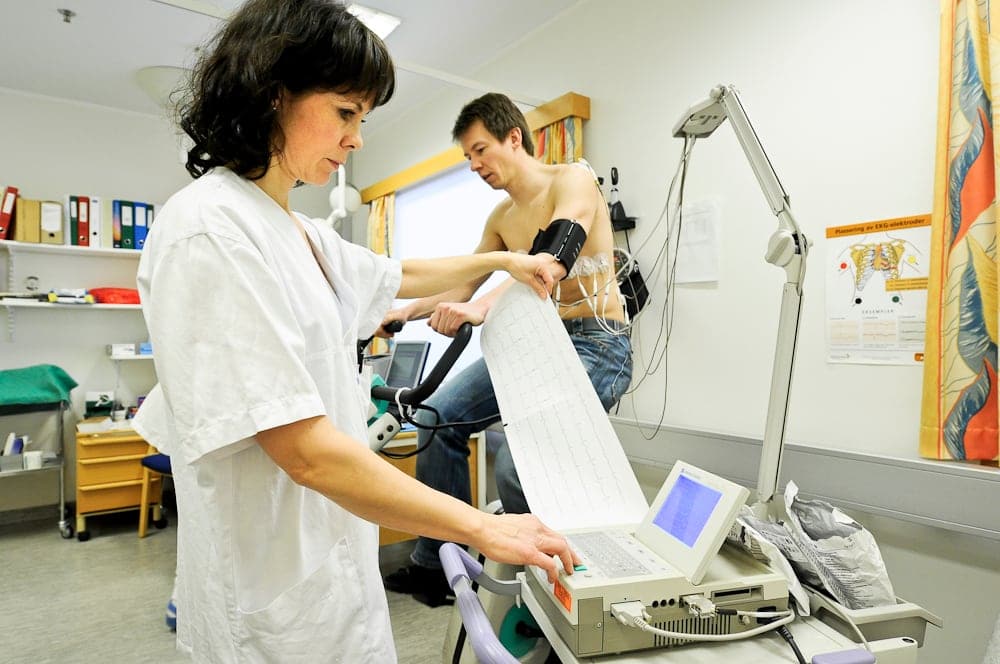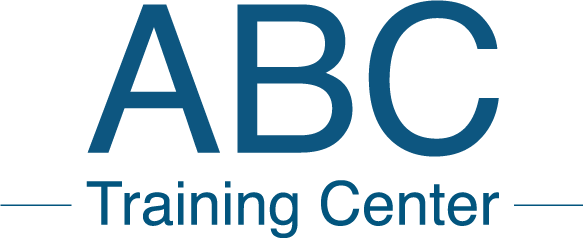The EKG, also known as the electrocardiogram, is a vital tool that all medical professionals must know how to use. The ability to obtain a clear read on an EKG allows physicians to make an accurate diagnosis and administer effective treatment. The basics below are only the beginning of what EKG training in NYC covers.
Electrode Site Preparation
In order for the EKG to be able to obtain an accurate reading, its electrodes must be able to conduct as much electricity as possible. However, the skin itself can make this difficult; not only is the skin a poor conductor of electricity, but physical features can also interfere.
Oily skin, perspiration, and excess hair can all result in poor electrode operation, so wiping the site with a skin prep wipe can help. It’s also a good idea to apply more conductive gel to the electrode.
Optimal Areas for Electrode Placement
There are several areas which are considered to be optimal for the obtaining of a clear EKG read. The chest is typically the ideal spot, as it will provide the clearest and most reliable signals. The electrodes are usually placed near the insides of each shoulder and at the solar plexus. However, these placements may vary by patient.
Electrodes can also be placed on the patient’s limbs, either on both wrists or the wrists and leg. These locations are considered to be viable placements because the limbs are the body’s electrical extensions. However, these areas are also more susceptible to movement artifact.

Eliminating Artifact
A well-recorded EKG will contain R and S spikes that are large enough for the machine to read. It will also be free of artifact or drift. If the reading is unclear, it may be due to any number of causes, including muscular tension, patient movement, and poor placement of electrodes.
Artifact can be eliminated by encouraging the patient to relax. If this doesn’t solve the problem, it may be that the electrodes need to be moved higher, if placed on the limbs, or moved into different positions if placed on the chest. Electrodes should also be checked to ensure a proper connection.
If several attempts have been made to properly connect the same electrode, it should be replaced with one that’s been freshly gelled.
Proper Interpretation
Even if all is well from a mechanical standpoint, as a medical professional you’ll need to be able to properly interpret the EKG results. The ability to recognize which heart rhythms indicate health issues is absolutely critical, as it can mean that a patient receives the immediate treatment they need.
EKG and phlebotomy training in NYC can provide you with the knowledge needed to be able to get a clear read, including:
- Identifying various normal and abnormal tracings
- Calibrating the EKG
- Understanding the heart’s basic electrophysiology
Obtaining the right training is as easy as contacting ABC Training Center to ask about our EKG and Phlebotomy Technician programs. Call (718) 618-5589 for more information.

